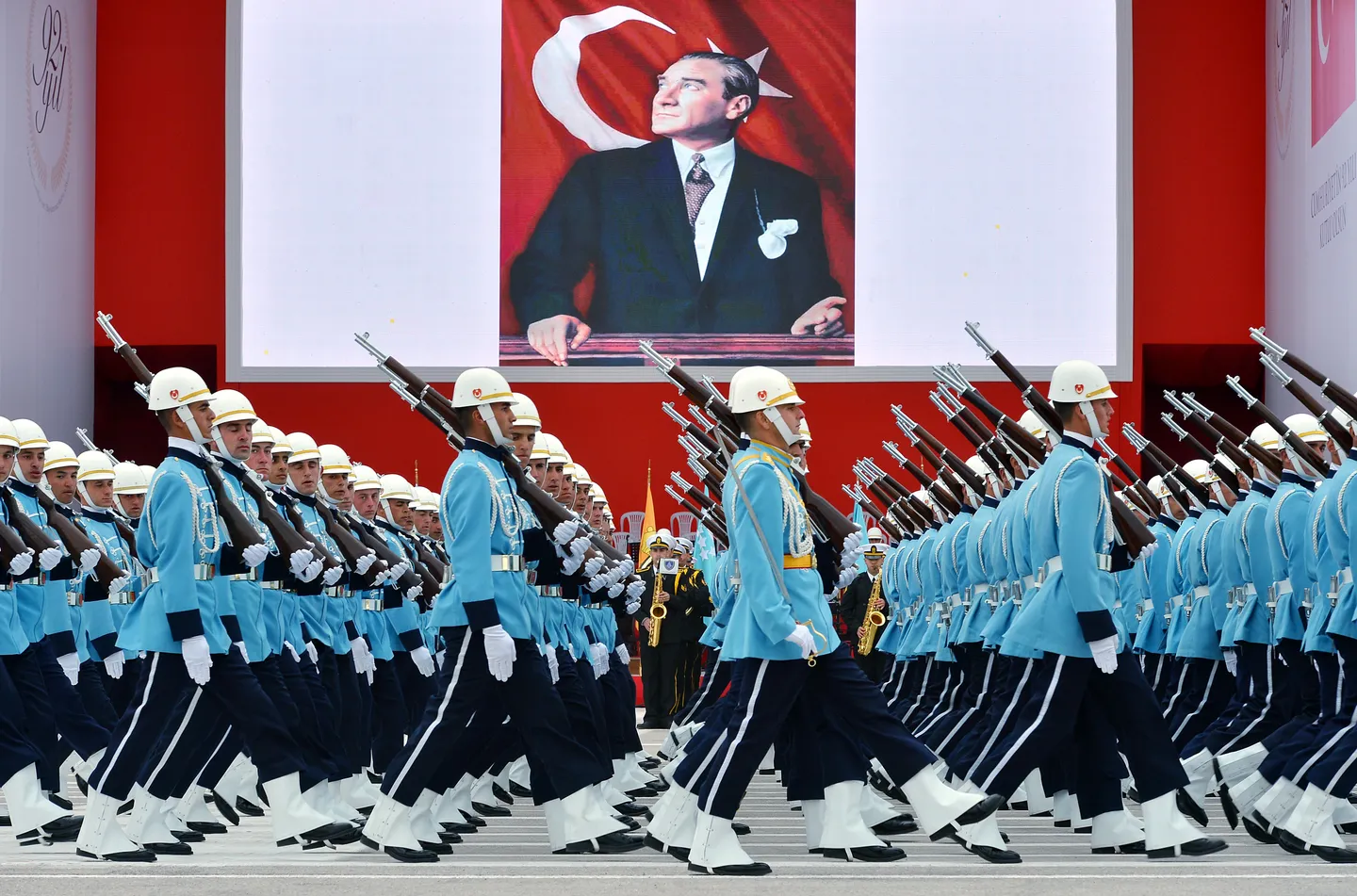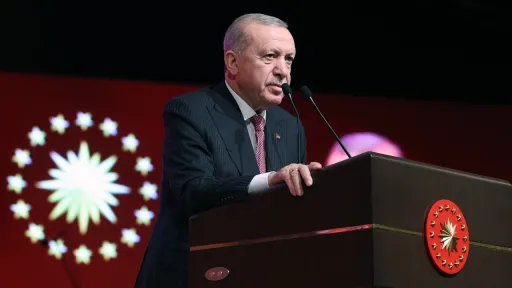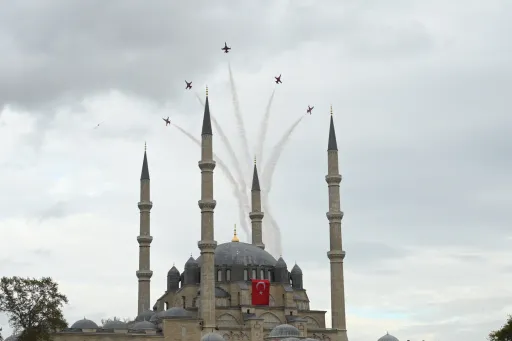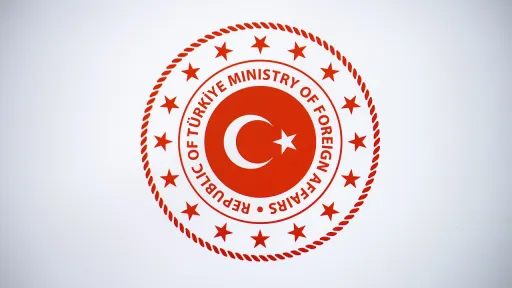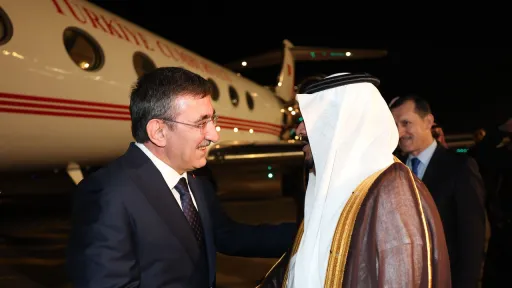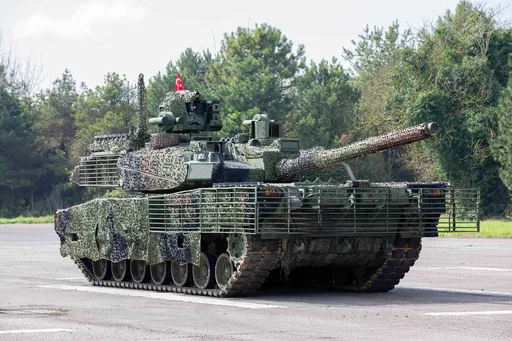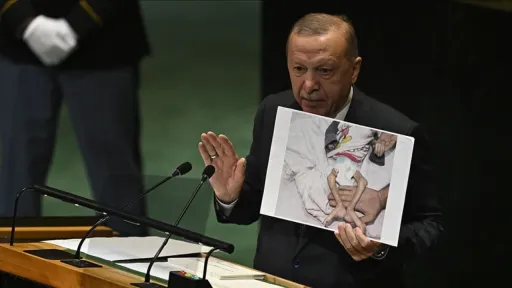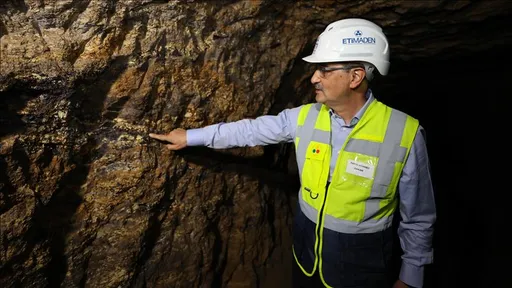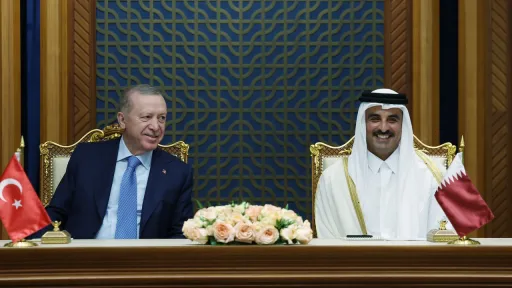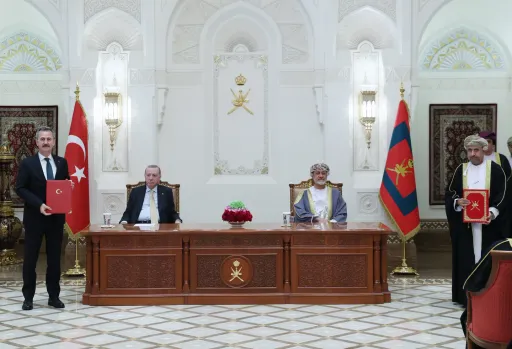The year is 1918. The Great War has just ended, leaving behind the ruins of a once-mighty empire.
Most of its territory is gone, millions of its people are lost, and even the imperial capital is under occupation.
Soon after, Greek forces advance through Western Anatolia, while what remains of the empire is the vast steppes, naked hills, and barren heartland of Anatolia.
The state is fragmented, exhausted, and without unified command—divided between the occupied Istanbul and rising Ankara.
Can such a war-torn and traumatised country have anything resembling a grand strategy? I argue that it can and it did.
Many assume that grand strategy belongs only to great powers, the privileged few that can shape world politics.
Others disagree, claiming that all states have grand strategies, whether they admit it or not.
Governments never act with perfect information or flawless timing. Their ambitions may exceed their means, or their reactions may come too late or too soon.
Yet even without a formal document or a coherent plan, every state exhibits a pattern of foreign policy that reveals how it perceives threats and how it intends to handle them.
In this sense, all states, regardless of size, possess a grand strategy—some more ambitious than others.
My take on grand strategy joins the camp that sees it as a state’s highest-level security strategy: broad in both time and space, and decided at the political apex.
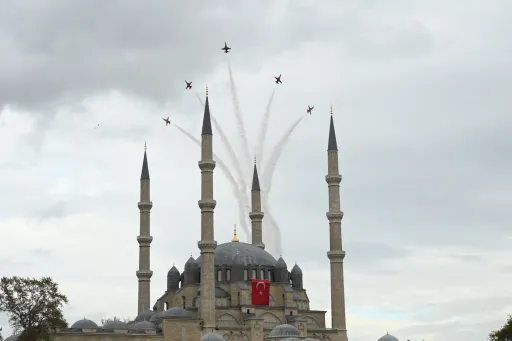
What is grand strategy?
The core concern of 'grand strategy' for every country is survival. Wealth, peace and prestige only matter if the state continues to exist.
As Swiss-American historian Arnold Wolfers wrote in 1952, security is not just about what a state seeks, but also what it seeks to avoid—threats.
Grand strategy, therefore, begins with identifying the primary threats to a state’s survival—whether these stem from rival powers, hostile neighbours, or internal vulnerabilities.
Once threats are defined, strategies emerge to neutralise them. Because no state can confront every danger at once, grand strategy is essentially about prioritisation—deciding which threats matter most.
States often rank military threats above others. Hence, the first component of grand strategy concerns how to fight—or how to avoid fighting.
Should a state target the enemy’s material capacity or its will to resist? Should it seek a quick, decisive victory or pursue a drawn-out war of attrition?
From Carl von Clausewitz to Liddell Hart, two military strategists from two different eras, such questions define military strategic thought. Yet victory is not always worth the risk.
Many states instead rely on a wide array of coercive tools: from mere threats to limited uses of force, to full-scale war.
As the use of force diminishes, diplomacy and foreign policy take centre stage.
Thus, grand strategy extends beyond the battlefield. Besides military (strategies of war) and coercive (strategies of threat) strategies, a third domain of grand strategy is alignment.
States must decide whether to face threats alone, to seek allies, or even to hide behind closed doors.
The essence of grand strategy lies not in any single domain, but in the overall configuration of four basic questions: does the state aim to revise or to preserve the existing distribution of power in the regional, if not global, system?
Does it pursue security through conflict or cooperation? Does it act alone or within alliances? And does it project power forward or adopt a more defensive posture closer to home?
Different answers to these questions lead to distinct grand strategies such as expansionism, primacy, benevolent hegemony, cooperative security, selective engagement, restraint, and isolationism.
For instance, a revisionist state acting unilaterally and aggressively in distant regions follows an expansionist grand strategy, while one that stays within its borders and avoids any kind of engagement for the sake of the status quo pursues isolationism.
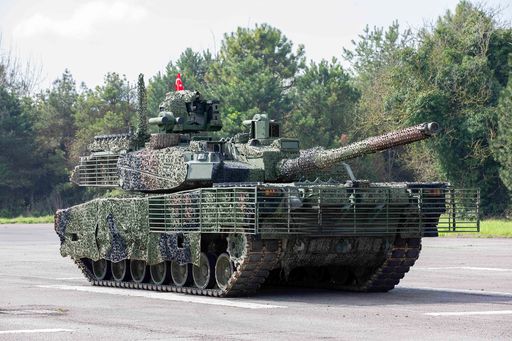
The Turkish way
We can apply this framework to Türkiye’s grand strategies from 1919 to today.
Each period is examined through the threats that decision-makers deemed most critical, and through the military, coercive, and alignment strategies they chose in response.
An analysis of Türkiye’s grand strategy for any given period should ask whether the country sought to revise or defend the status quo, whether it chose conflict or cooperation, whether it acted alone or with others, and whether it deployed resources beyond its borders or remained rear-positioned within its borders.
In the immediate aftermath of World War I, the Ankara government faced two major threats: Greece and Britain.
Against occupying Greek forces, Türkiye fought an almost four-year-long war of attrition that ended with a decisive victory in August 1922.
Against Britain, it relied primarily on diplomacy—strengthening ties first with the Soviet Union and later with France—to isolate London.
At this stage, Türkiye largely accepted the postwar territorial status quo defined by the National Pact (Misak-i Milli).
It fought unilaterally but avoided overextension, maintaining a defensive posture with no capacity for forward deployment. This early period, from 1919 to 1922, can be identified as one of selective engagement—a mix of limited war and careful diplomacy aimed at survival within constrained means.
The new Türkiye – with the declaration of the Republic and the Treaty of Lausanne in 1923 – witnessed shifting threats in the following decades: Britain until the mid-1920s, Italy and Germany in the 1930s and early 40s, and the Soviet Union throughout the Cold War.
Although Türkiye occasionally came head-to-head with Greece and Syria during the Cold War, these two became the main threats in the 1990s after the Soviet collapse.
The early 2000s seemed calmer, yet tensions soon resurfaced—with Greece, with Assad’s Syria amid the Syrian civil war, and more recently with Israel.
Across these eras, Türkiye oscillated among several grand strategies: isolationism with limited means and a sense of deep distrust of the outside world, cooperative security by taking part in multilateral endeavours, and restraint when balancing caution with engagement.
In the most recent period, however, Türkiye has once again embraced selective engagement—but this time more assertively and with more abundant resources.
Its military, economic, and diplomatic presence far beyond its borders signals a shift from the defensive selectivity of the Independence War years to a proactive, forward-deployed version of the same strategic logic.
This evolution captures the essence of Türkiye’s grand strategic journey: from survival under occupation to power projection abroad—recalibrating between ambition and restraint, between the forward and the defensive, and between the possible and the necessary.
